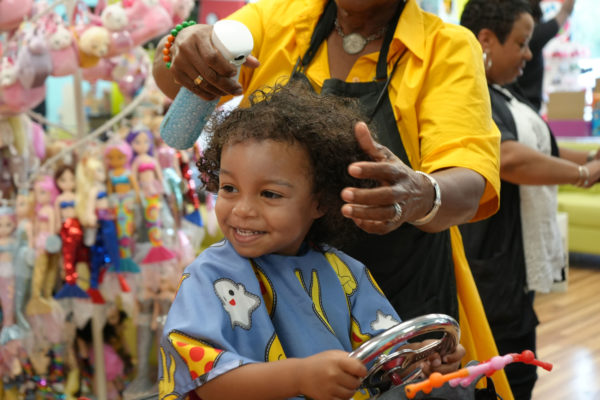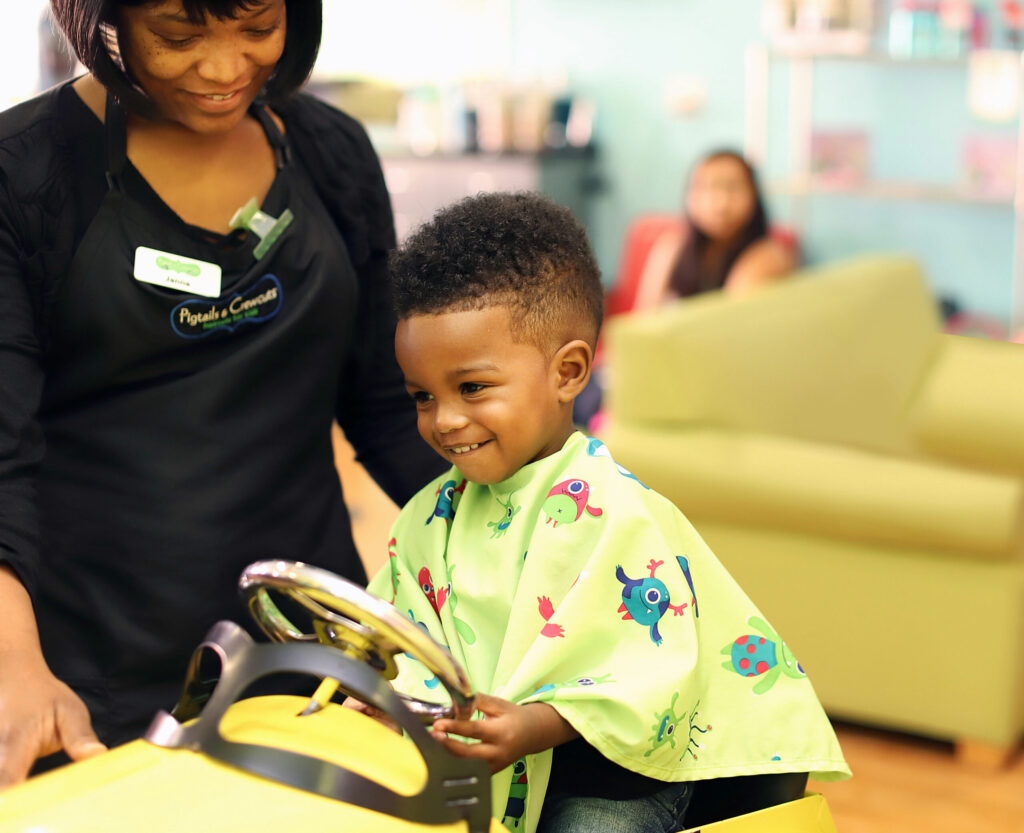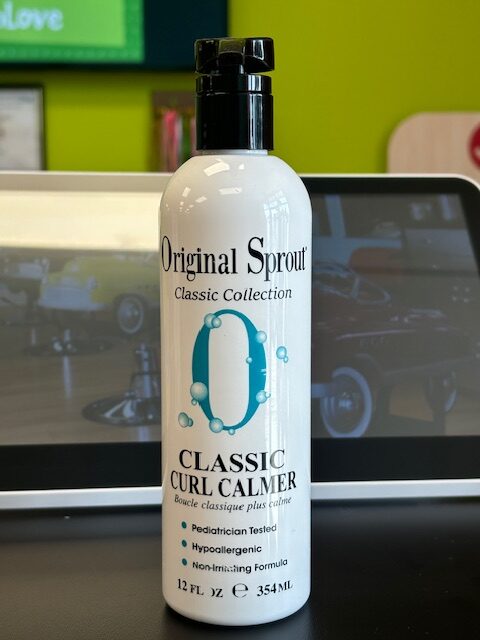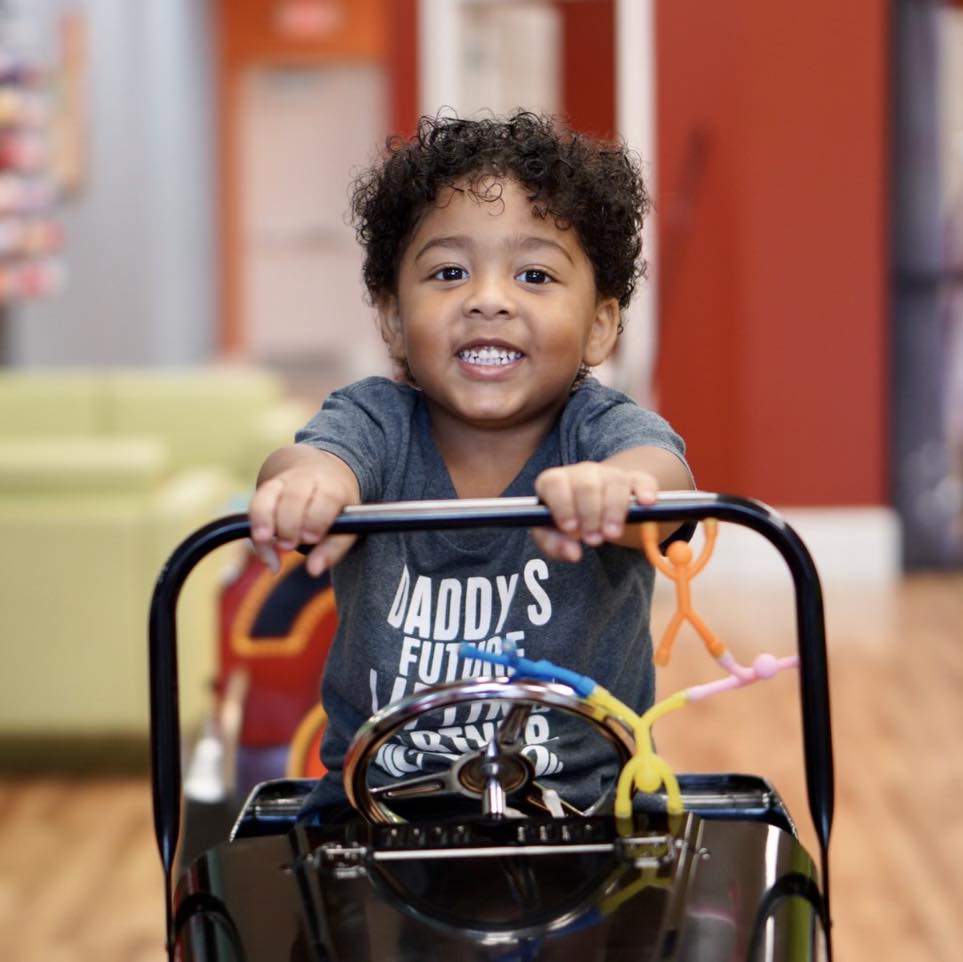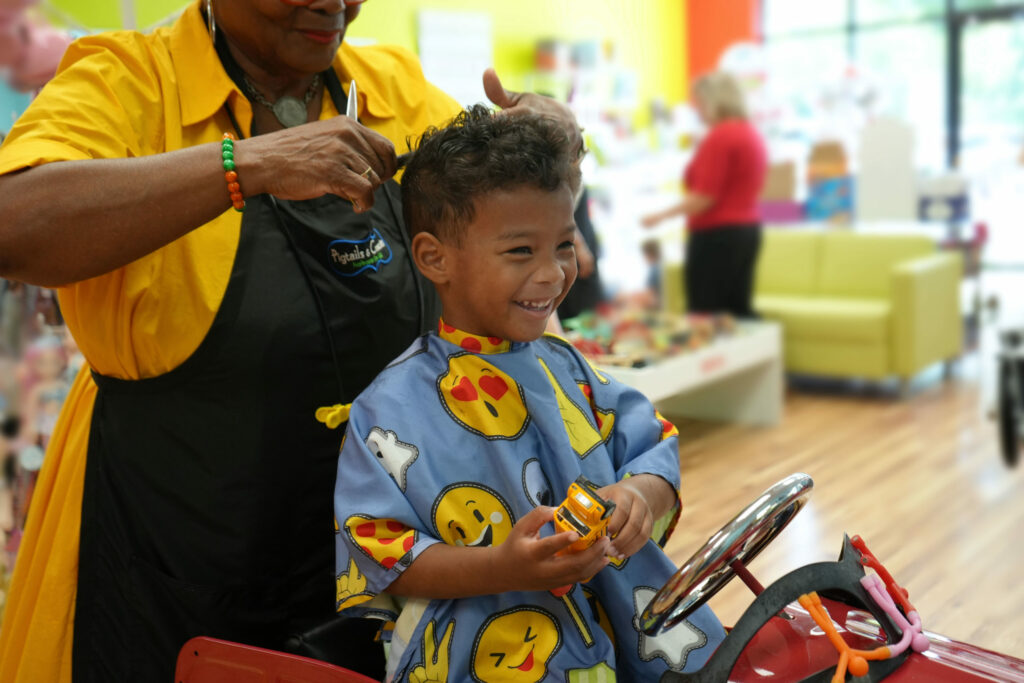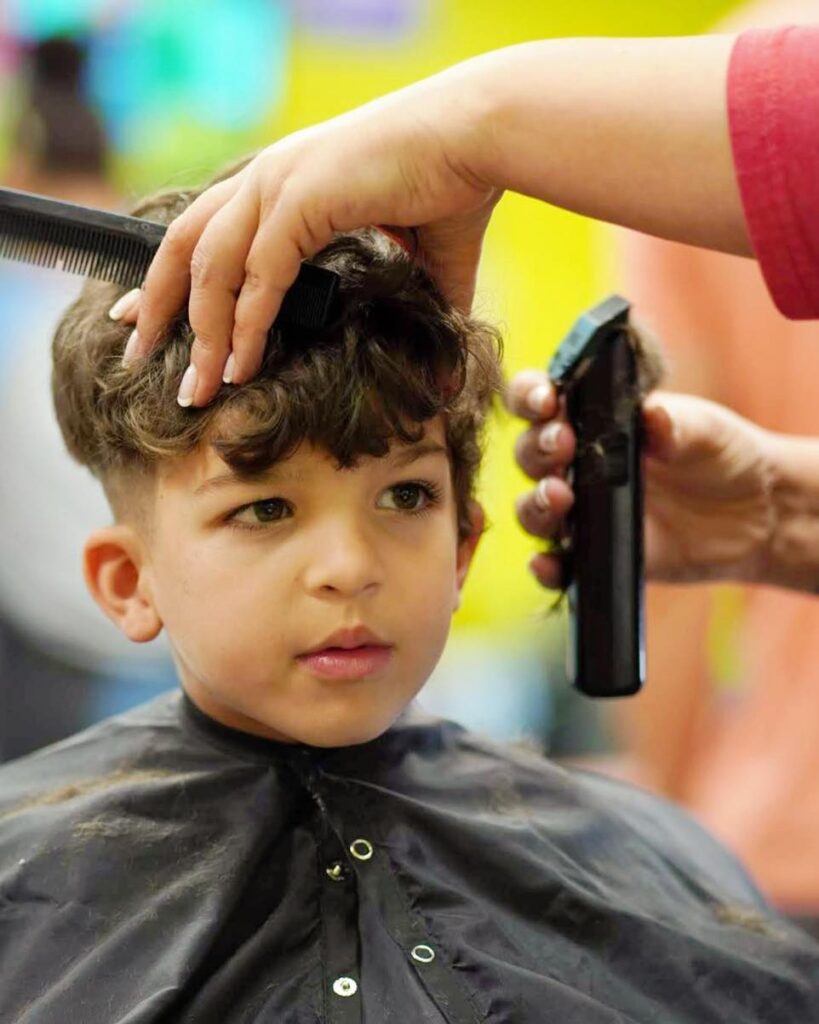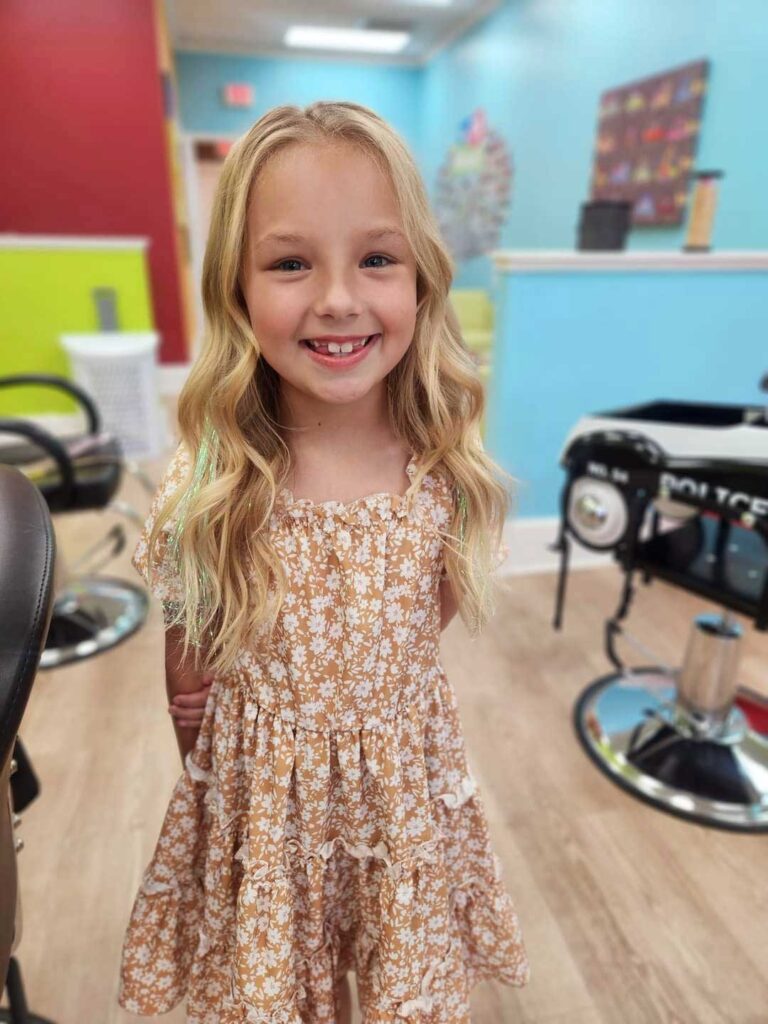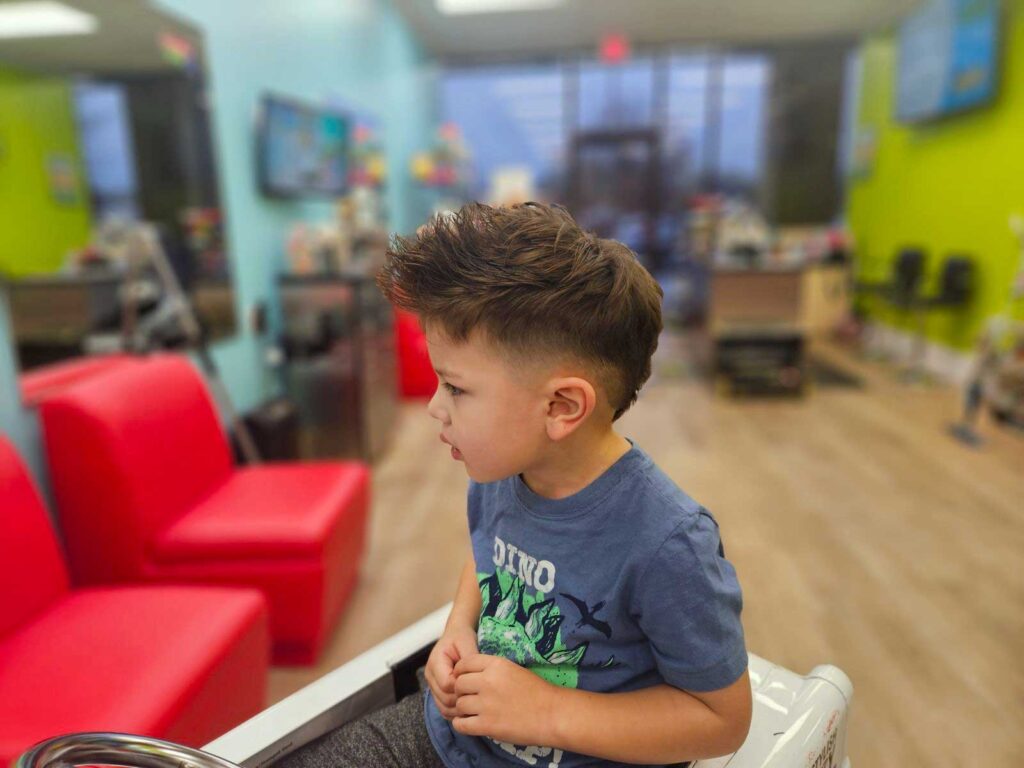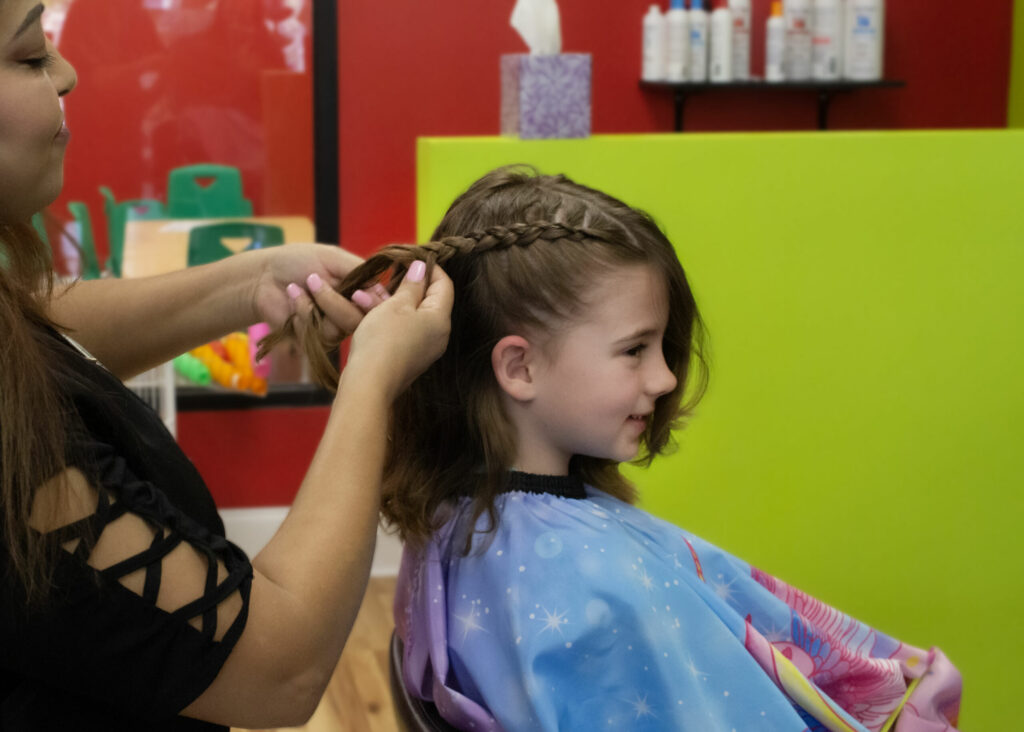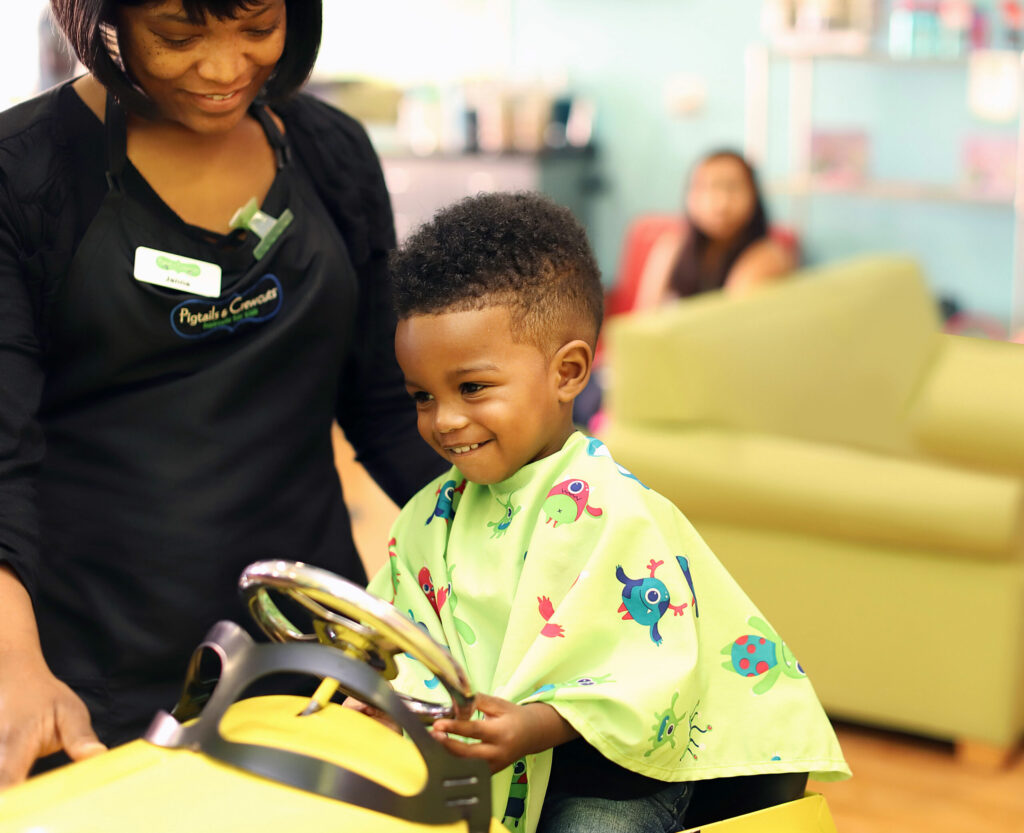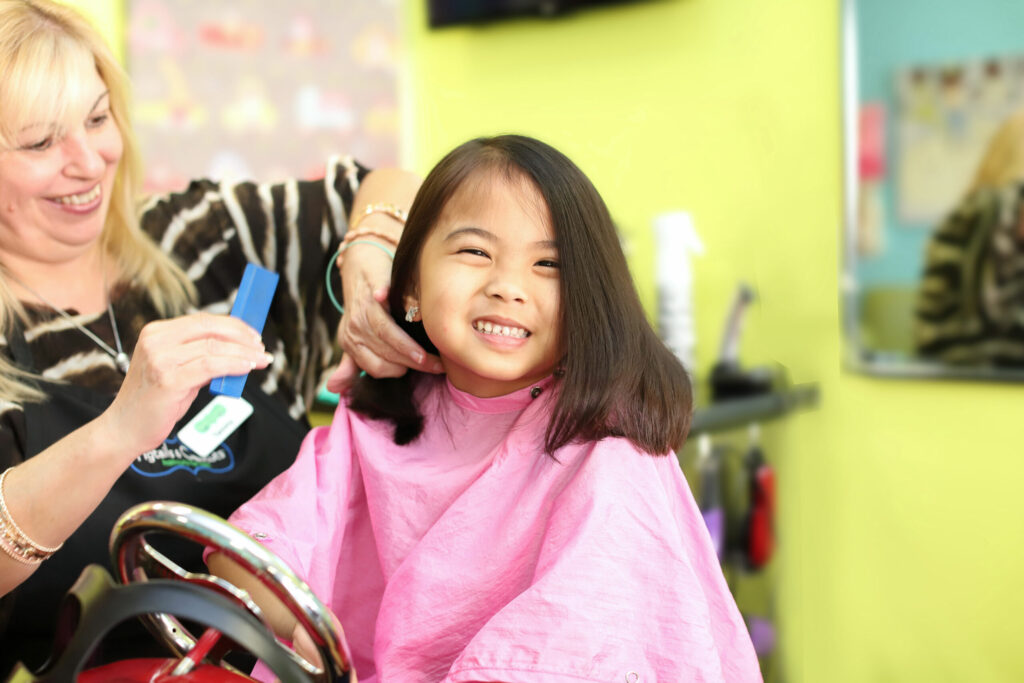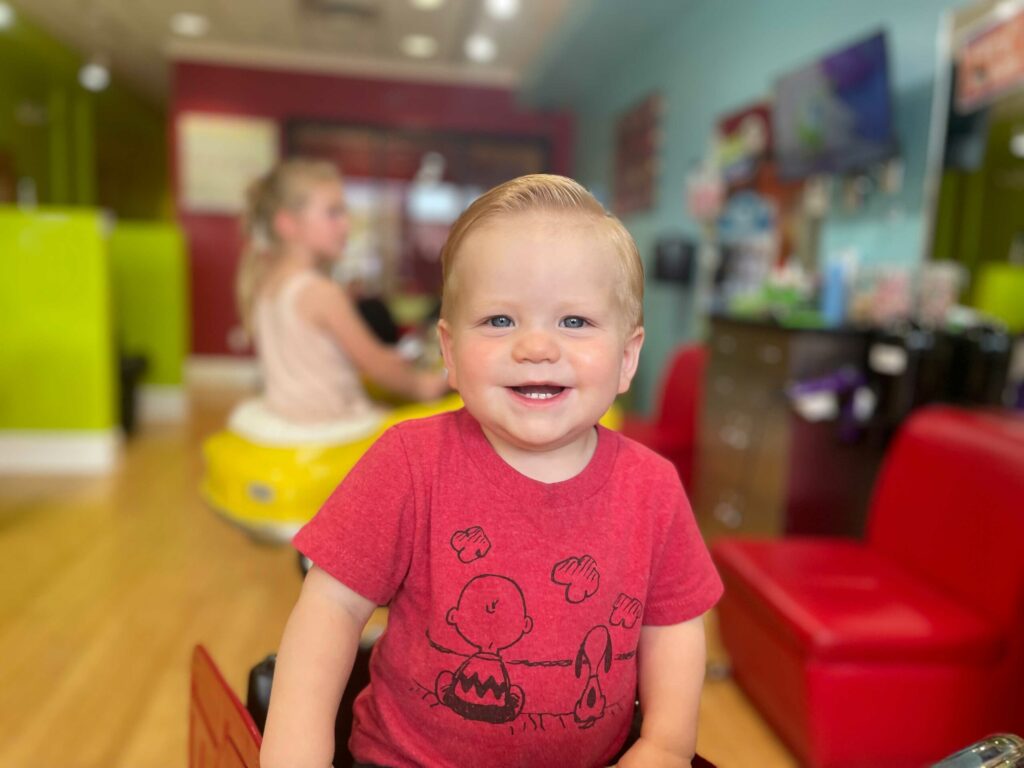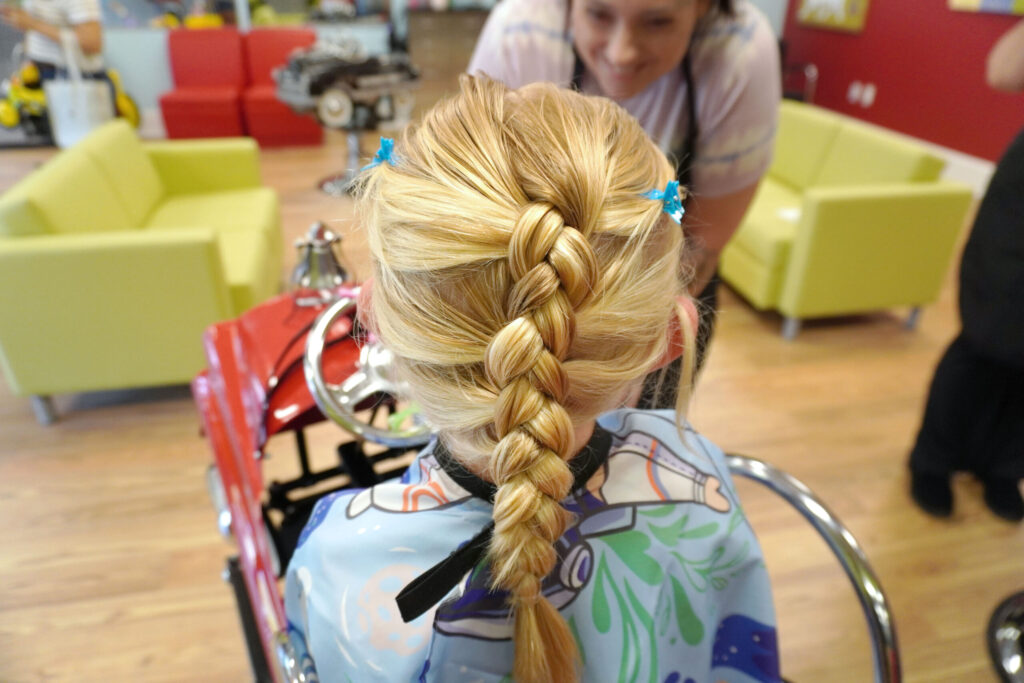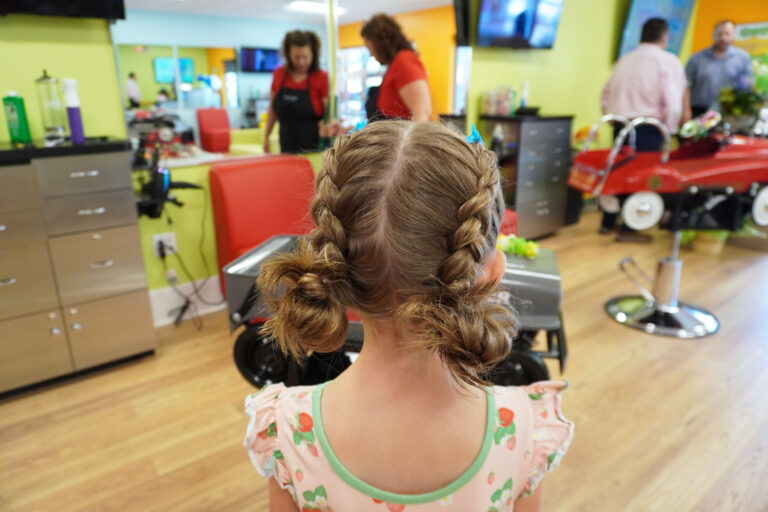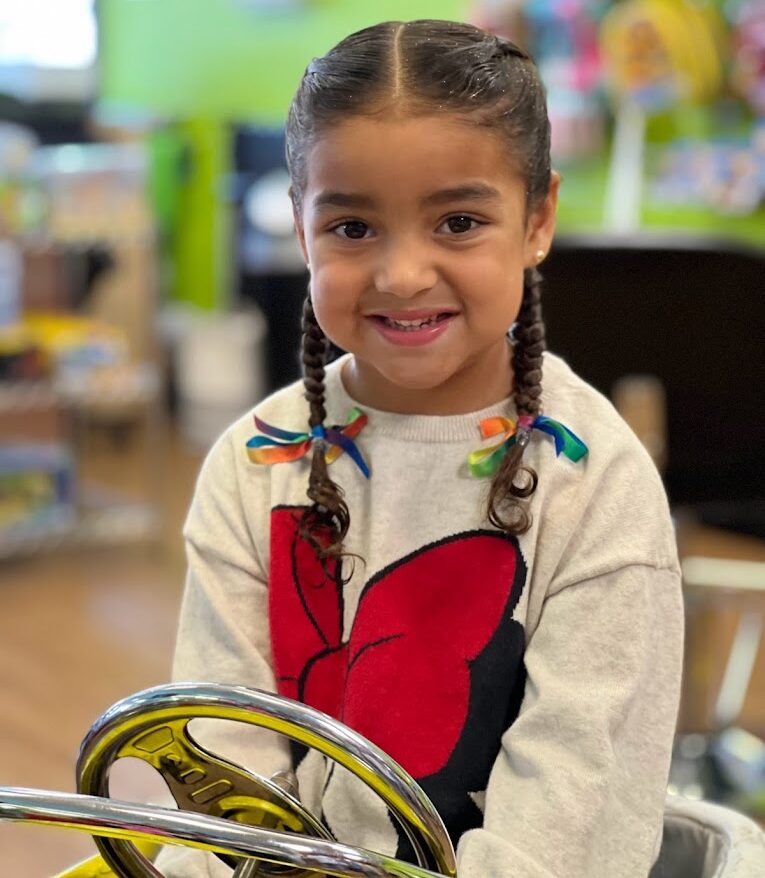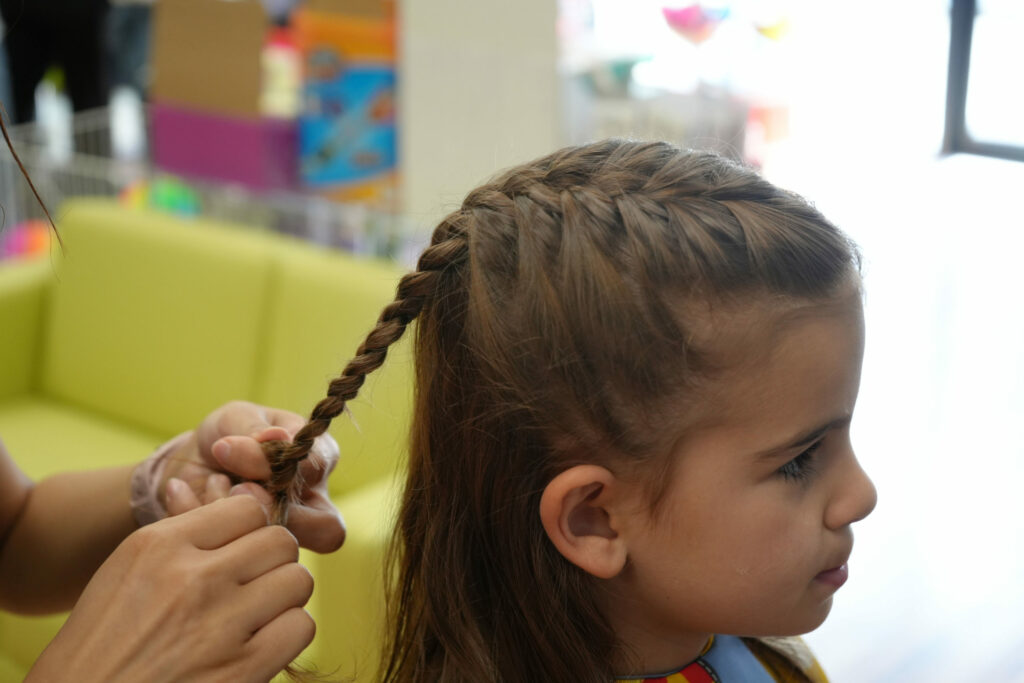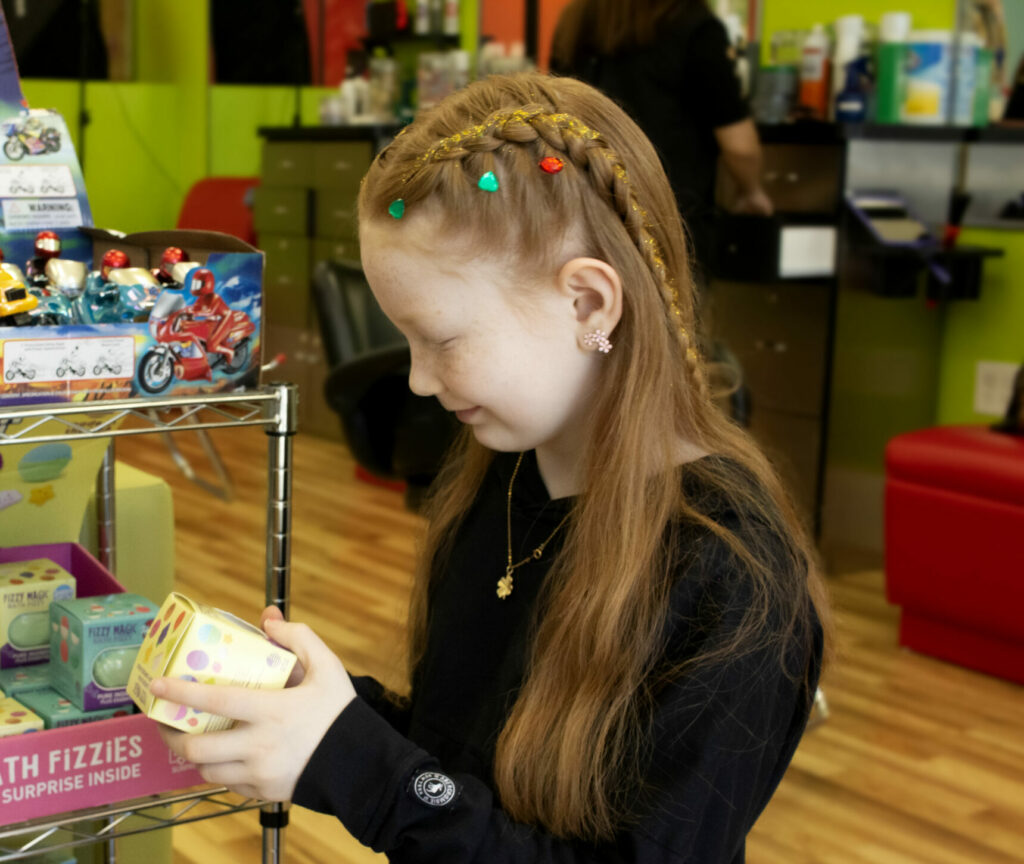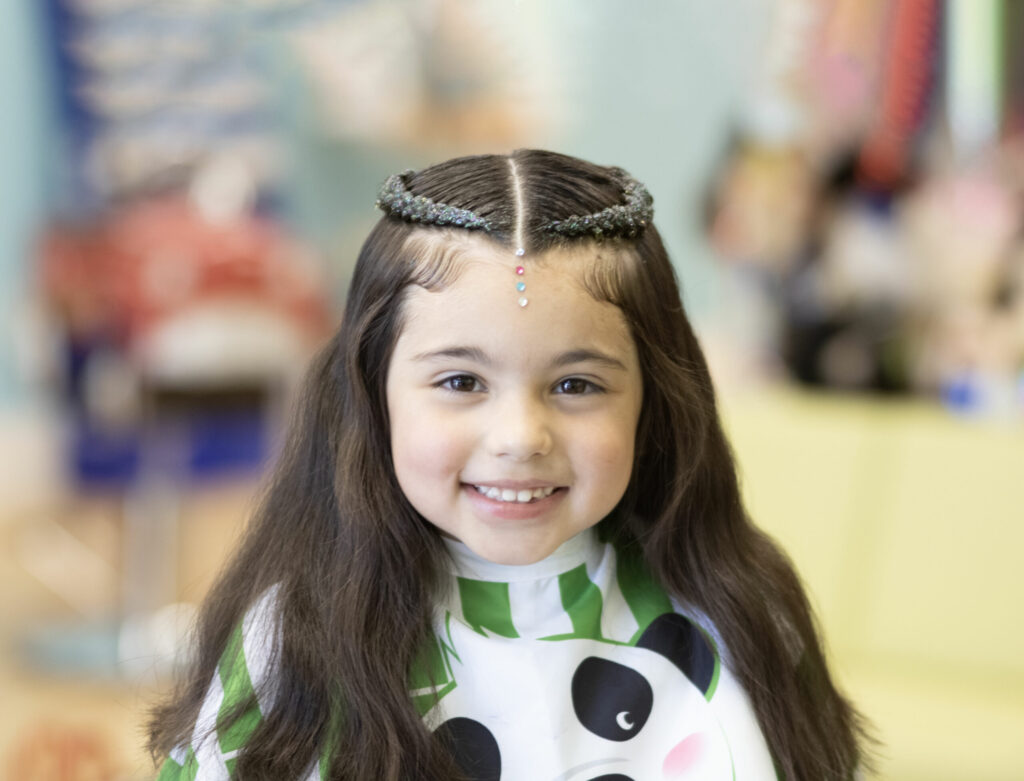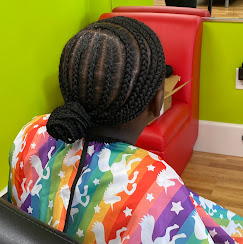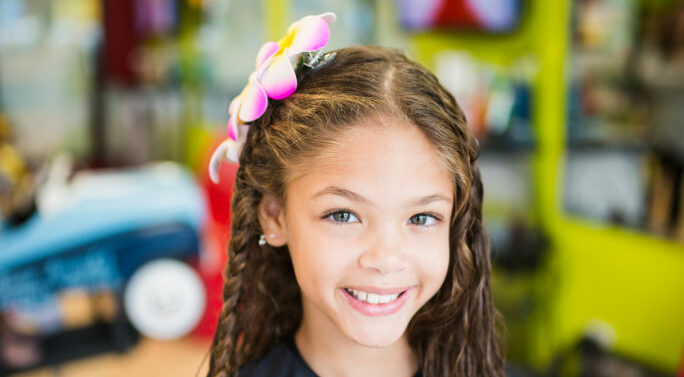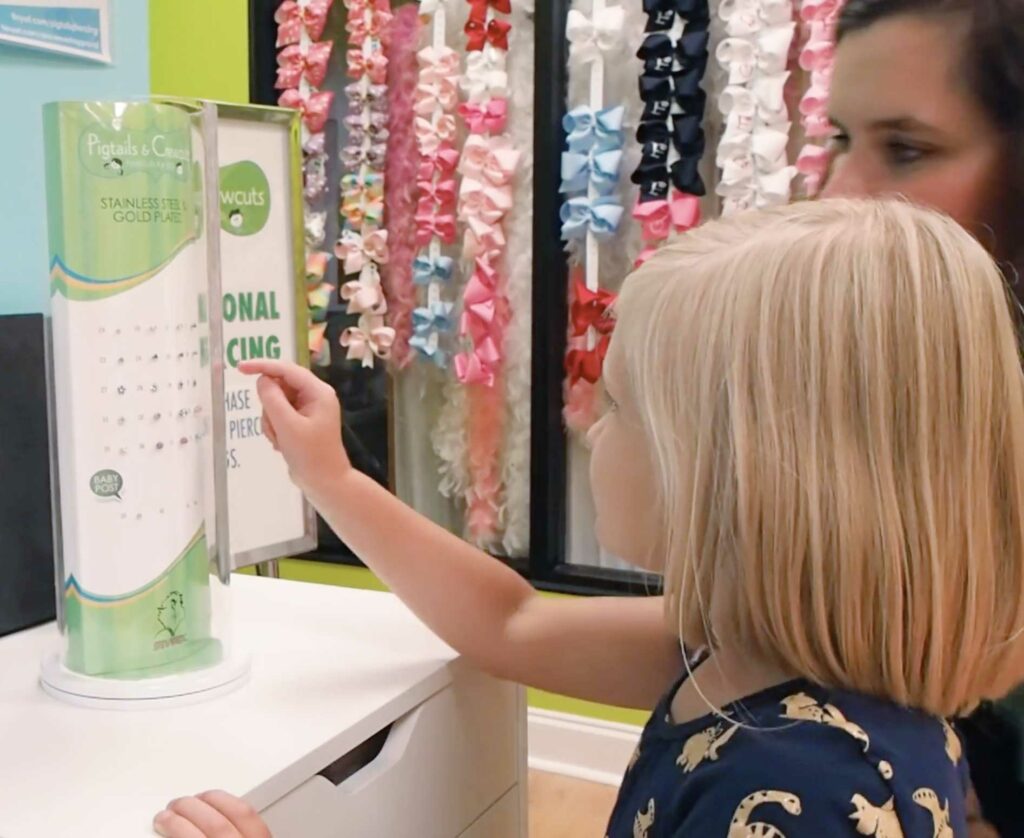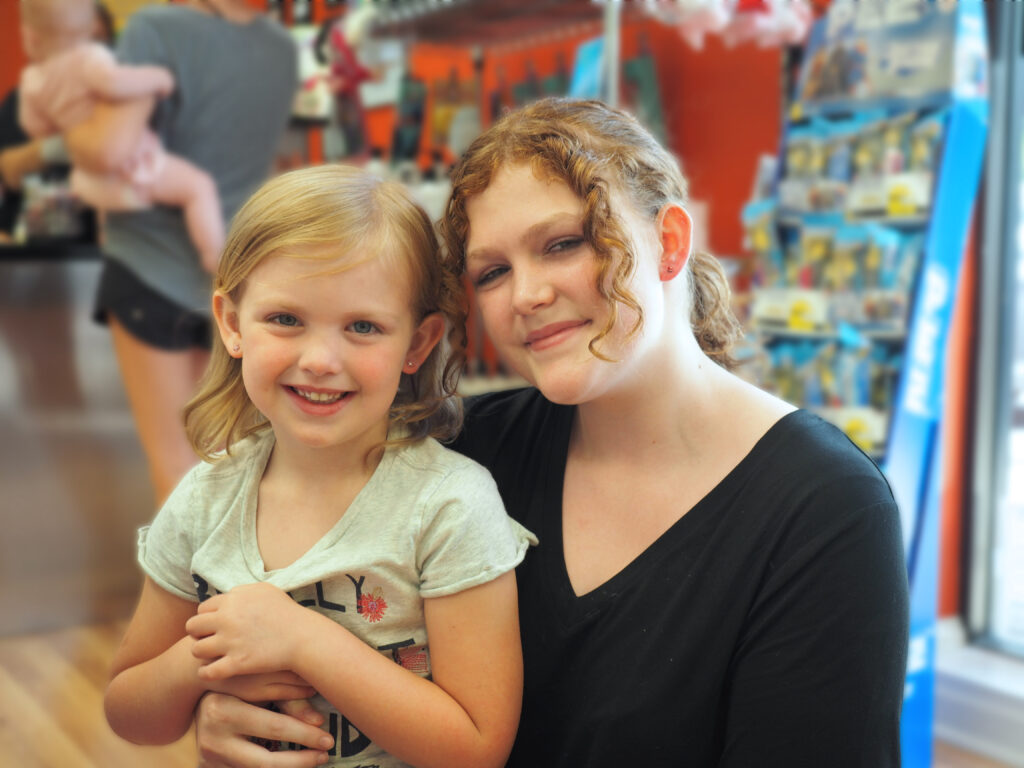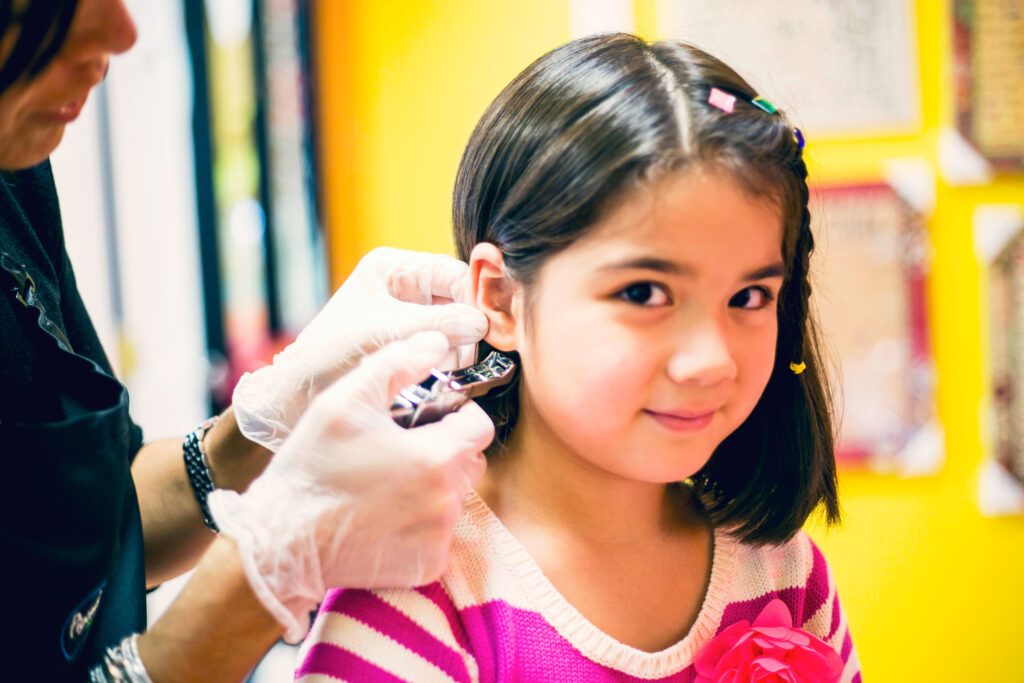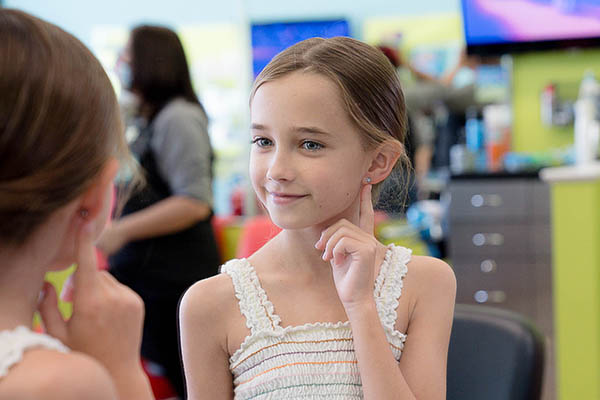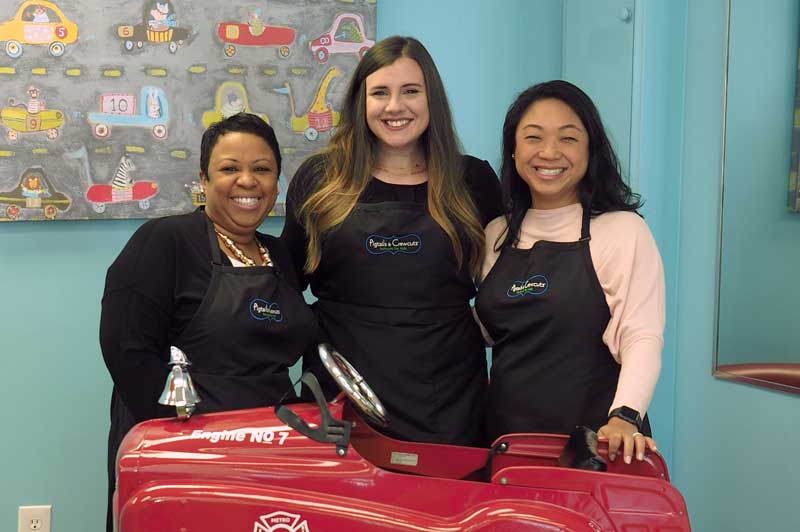Choosing the right hair salon for your child can make the experience enjoyable, safe, and stress-free for both of you. Here are some key tips to help you pick the best one.
1. Look for Kid-Friendly Salons
- Specialized salons for children often have themed decor, toys, and entertainment (TVs, tablets, books) to keep kids distracted and happy.
- Stylists in these salons are usually trained to work with squirmy or nervous children.
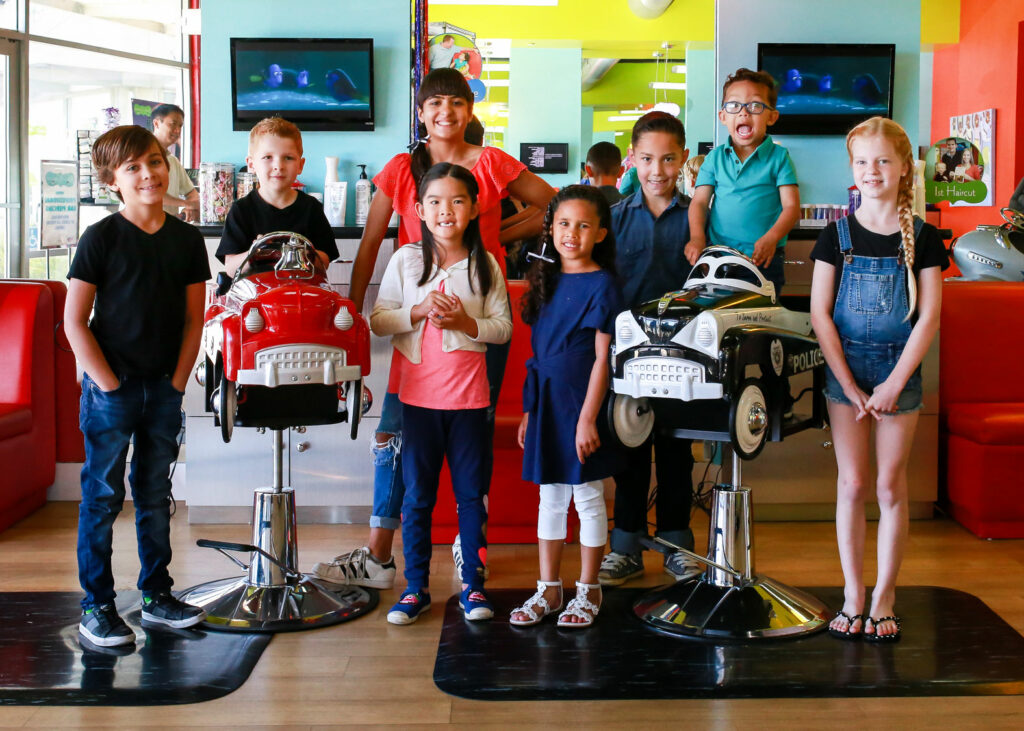

2. Check for Experienced Stylists
- Make sure the salon has stylists who have experience cutting children’s hair, especially if your child is very young or has special needs.
- Read reviews or ask other parents for recommendations.
3. Consider Cleanliness & Safety
- The salon should be clean, well-lit, and follow proper sanitation practices.
- Make sure tools like scissors and clippers are disinfected between uses.
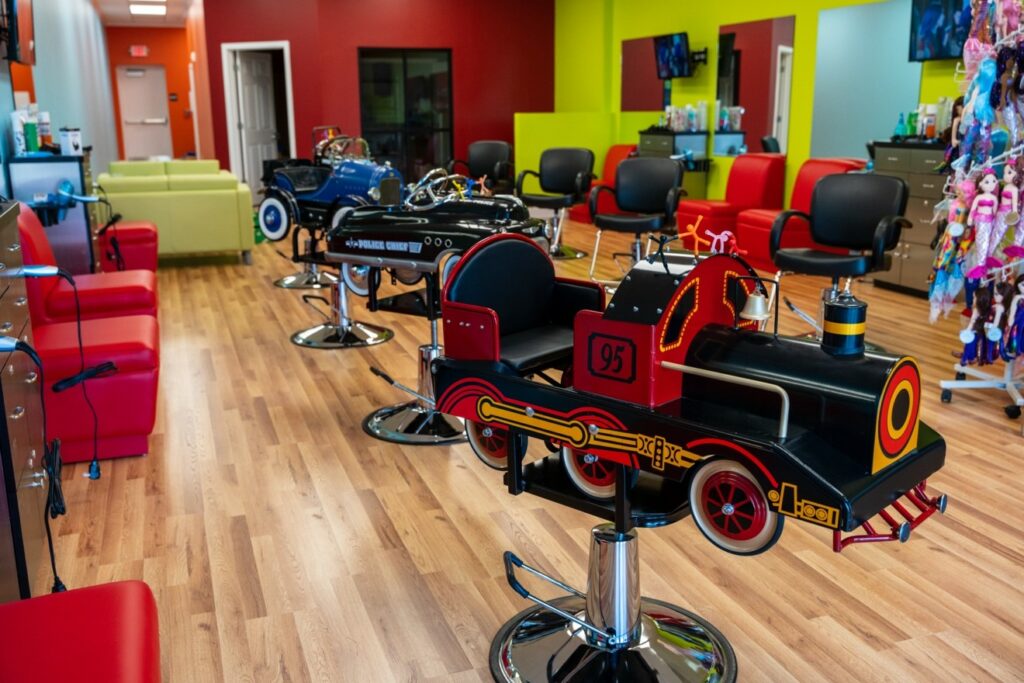
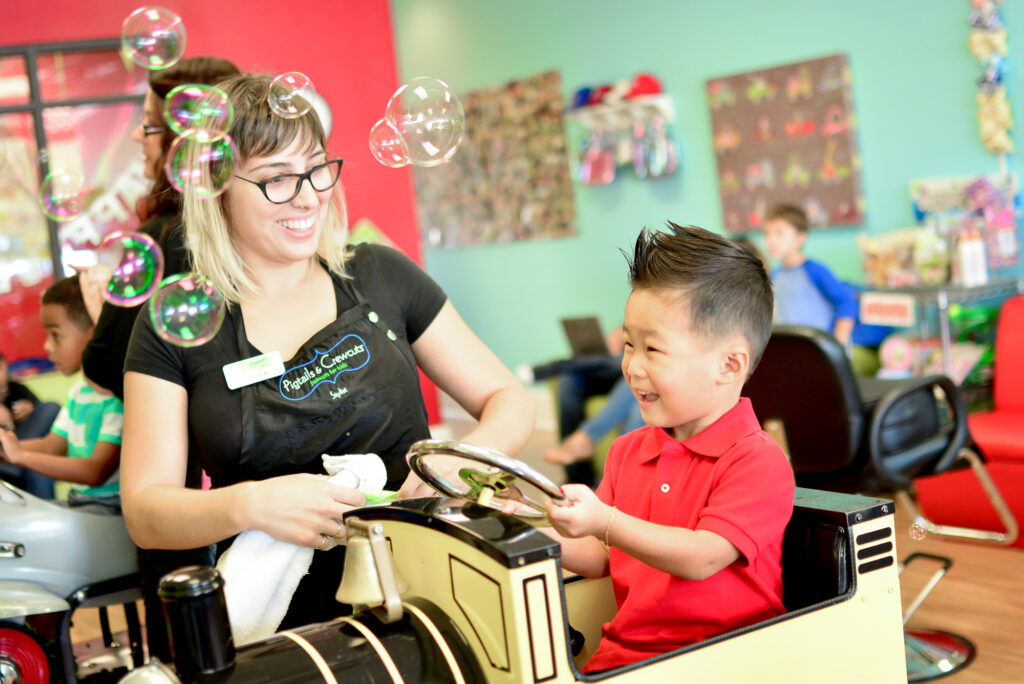
4. Assess the Atmosphere
- A warm, patient, and friendly staff can make all the difference.
- Try visiting the salon beforehand to observe how they interact with kids.
5. Book a Trial Visit or Consultation
- Before committing, you might schedule a simple trim or visit to see how your child reacts to the environment and stylist.

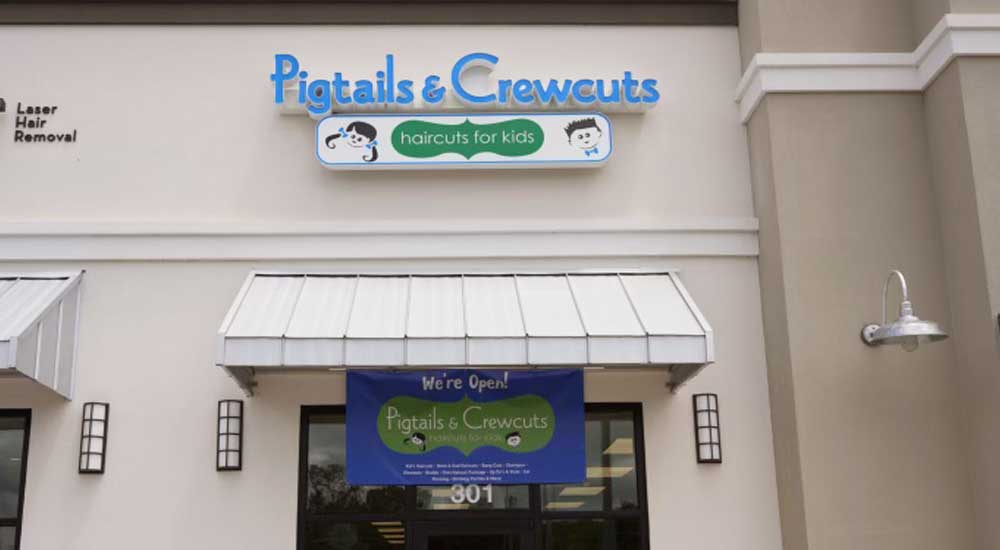
7. Look for Online Booking & Flexible Hours
- Especially with kids, it helps to be able to book online or reschedule easily.
- Some salons offer off-peak hours when it’s quieter, ideal for sensitive or easily overwhelmed children.
8. Check Price & Services
- Kid salons may cost more than general salons, so ask about prices in advance.
- Some offer bundles (cut, style, photo), or first haircut certificates for keepsakes.

Choosing the right salon is about more than just a haircut — it’s about ensuring a safe, positive, and enriching experience for your child. A child-friendly salon fosters trust, encourages good hygiene habits, and makes personal care something they can look forward to. Click the link below to book your appointment today!

